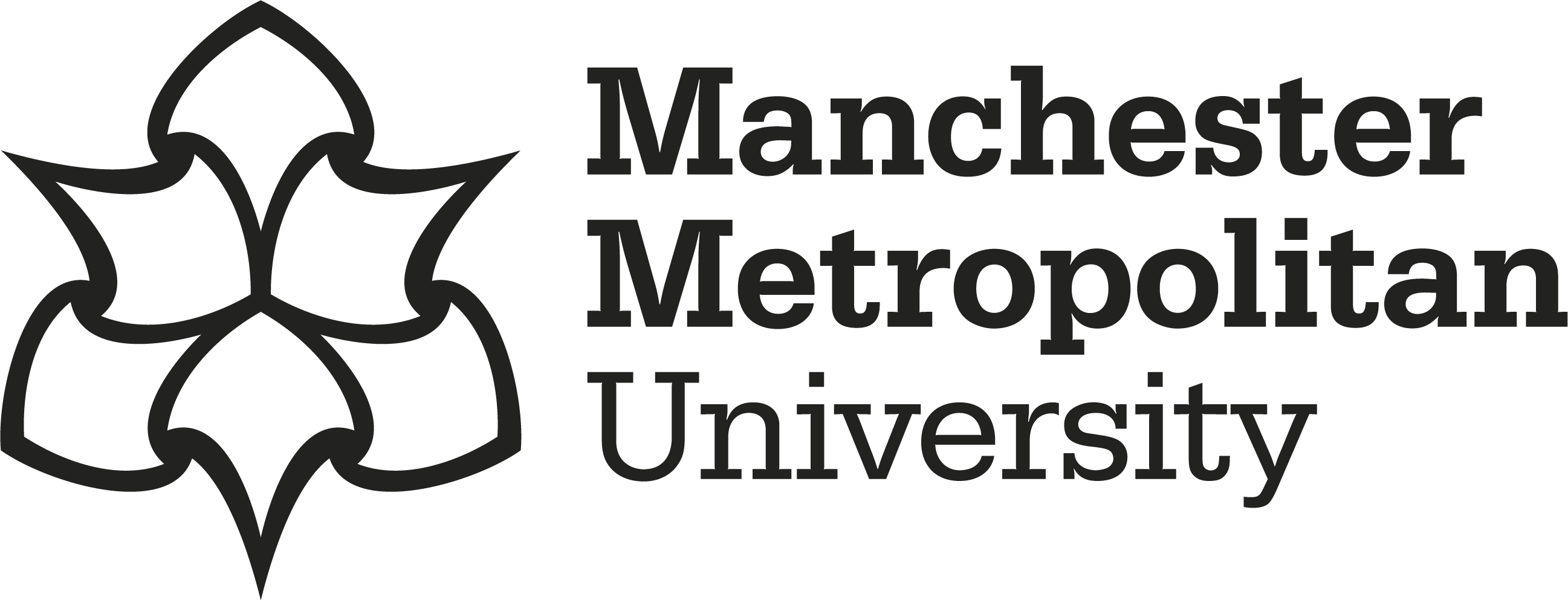Zamunér, Caio Felipe Cavicchia, Carhuaricra-Huaman, Dennis, Ragupathy, Roobinidevi, Redfern, James, Rodriguez-Cueva, Carmen L, Behlau, Franklin, Enright, Mark C, Ferreira, Henrique and Setubal, João C 
|
Published Version
Available under License Creative Commons Attribution. Download (4MB) | Preview |
Abstract
The São Paulo state citrus belt in Brazil is a major citrus production region. Since at least 1957, citrus plantations in this region have been affected by citrus canker, an economically damaging disease caused by Xanthomonas citri subsp. citri (Xcc). For about 50 years, until 2017, a citrus canker eradication programme was carried out in this region. In this work, our aim was to investigate the effects of the eradication programme on genetic variability and evolution of Xcc. To this end, we sequenced and analysed 758 Xcc genomes sampled in the São Paulo citrus belt, together with 730 publicly available Xcc genomes from around the world. Our phylogenomic analyses show that these genomes can be grouped into seven major lineages and that in São Paulo, lineage L7 is dominant. Our time estimate for its appearance closely matches the date when citrus production expanded. L7 can be subdivided into lineages L7.1 and L7.2. In our samples, L7.2, which we estimate to have emerged around 1964, is by far the most abundant, showing that the eradication programme had little impact on strain diversification. On the other hand, oscillations in the estimated effective population size of L7.2 strains over time closely match the shifts in the eradication programme. In sum, we present a detailed view of the genomic diversity of Xcc in the world and in São Paulo, the largest such effort in terms of a number of genomes for a crop pathogen undertaken so far. The methods employed here can form the basis for active genomic surveillance of Xcc in major citrus production areas.
Impact and Reach
Statistics
Additional statistics for this dataset are available via IRStats2.


